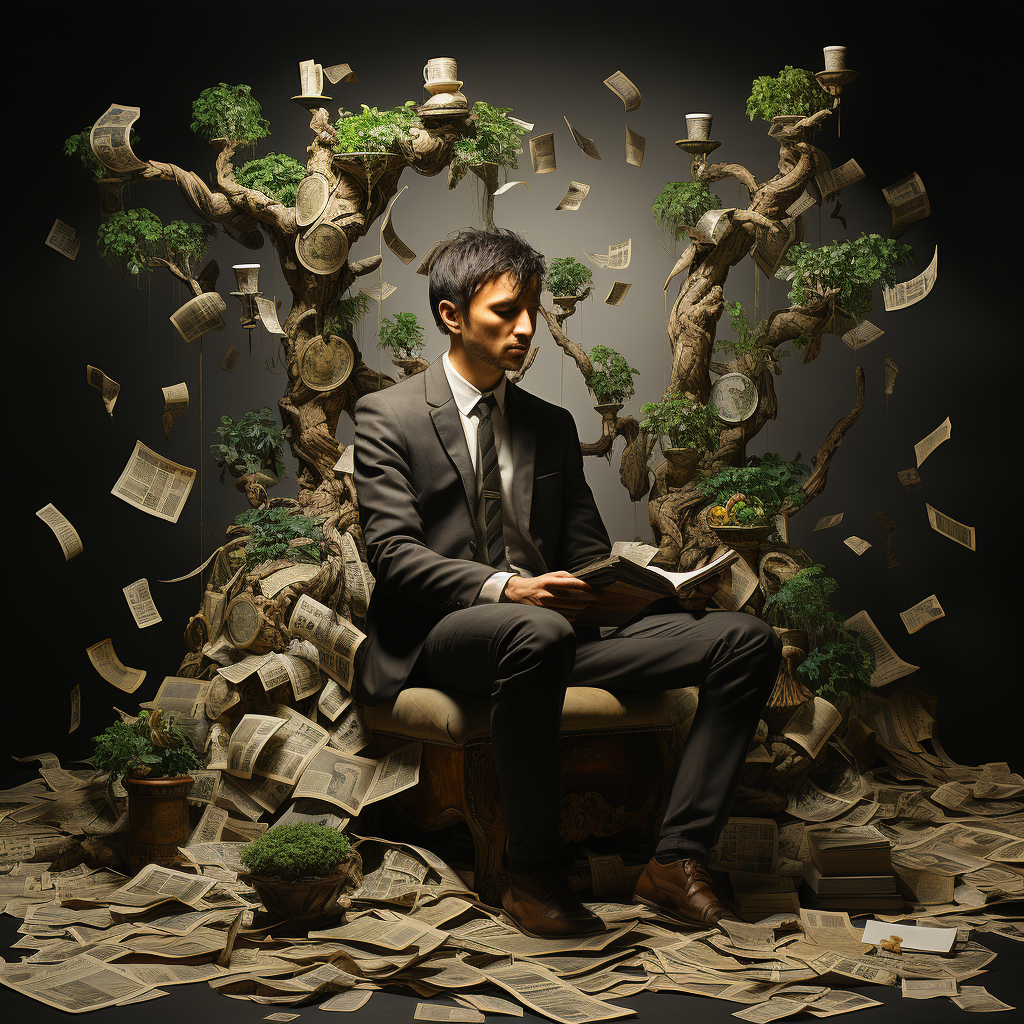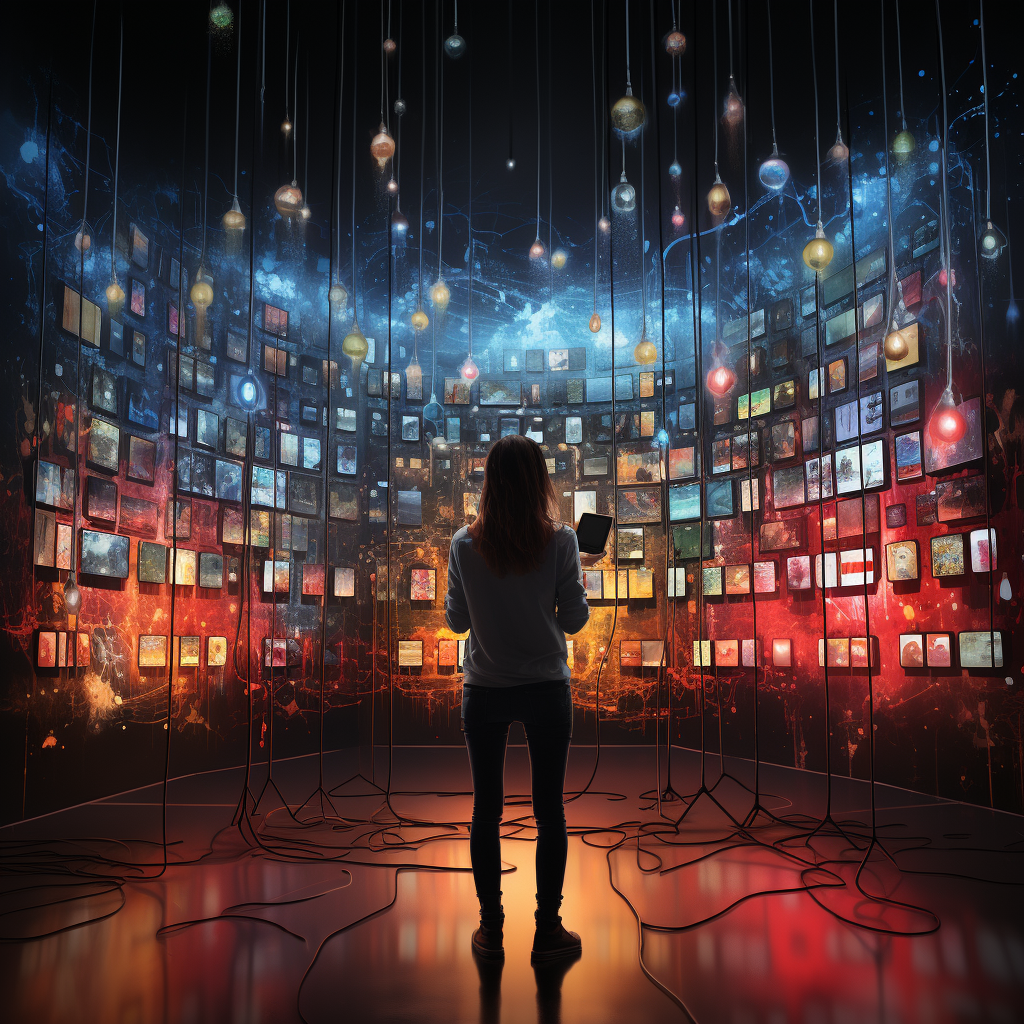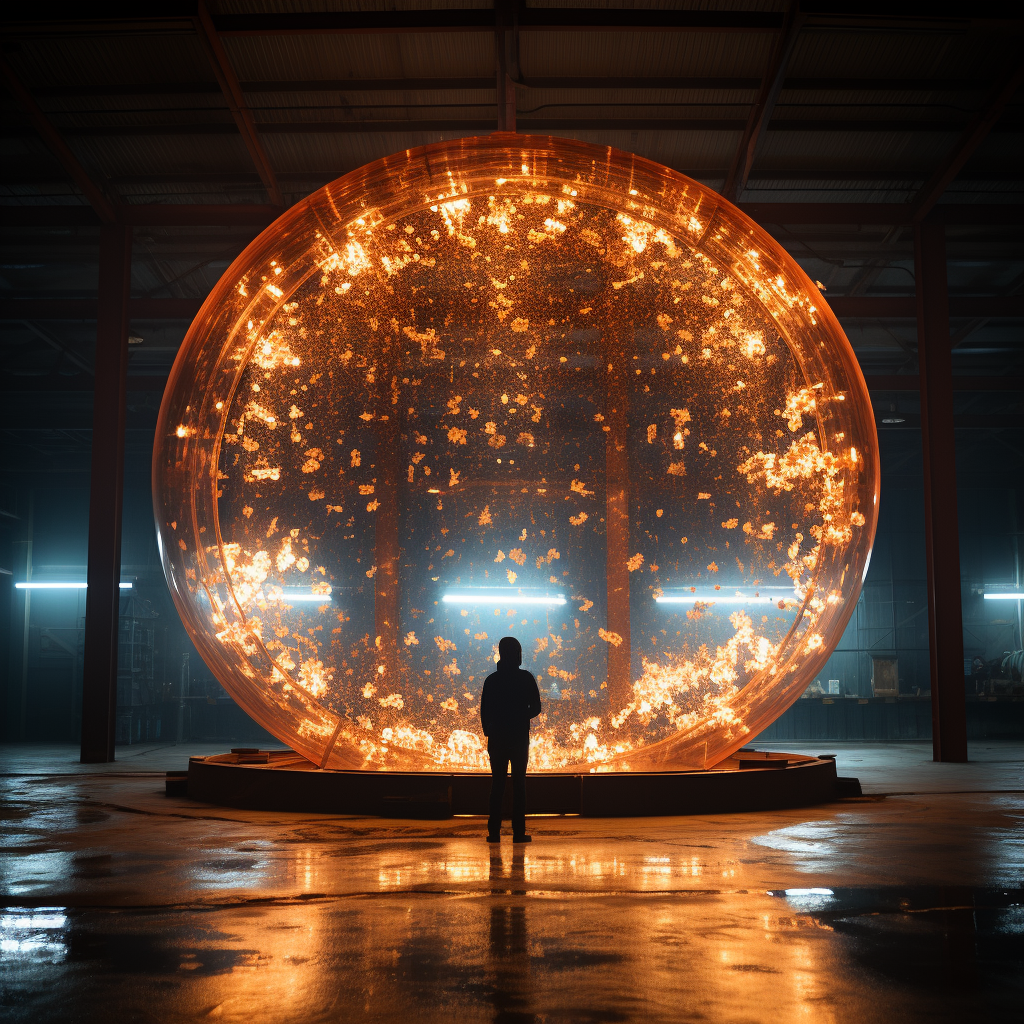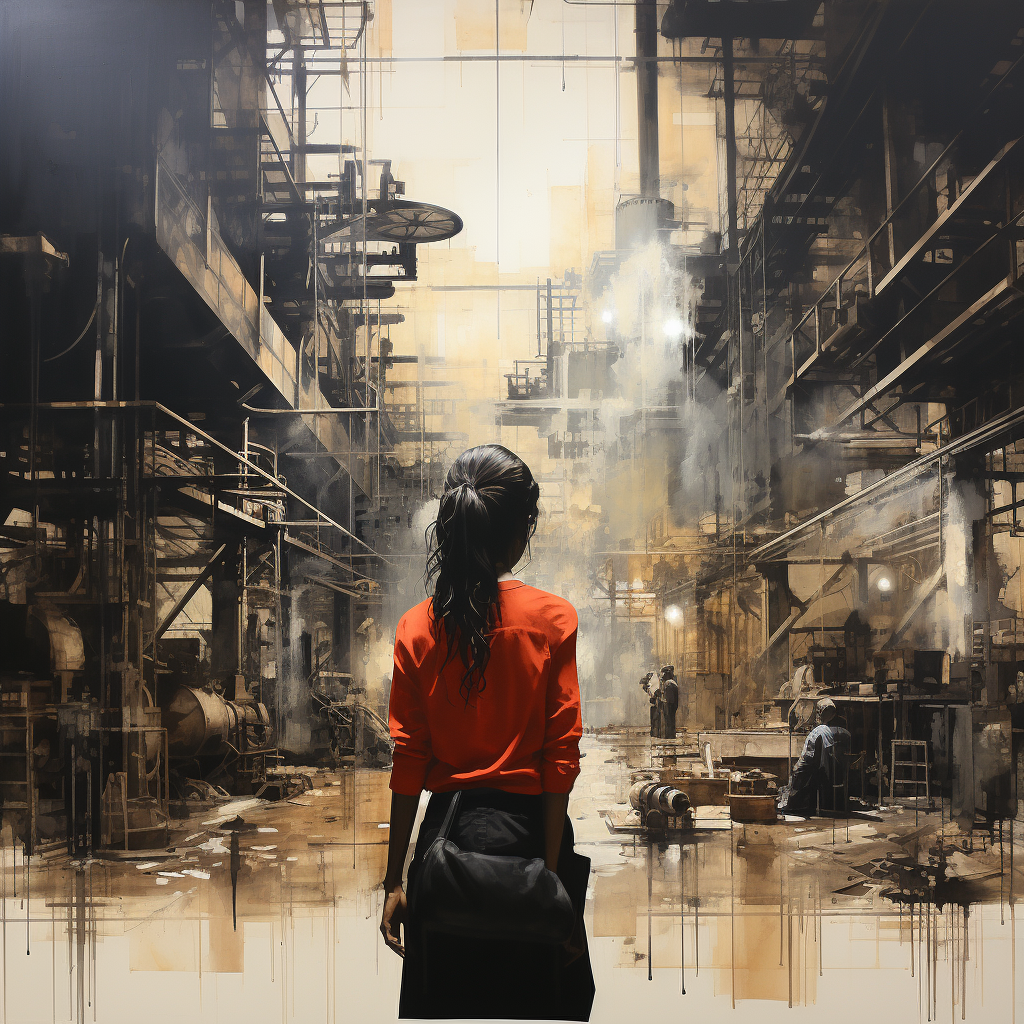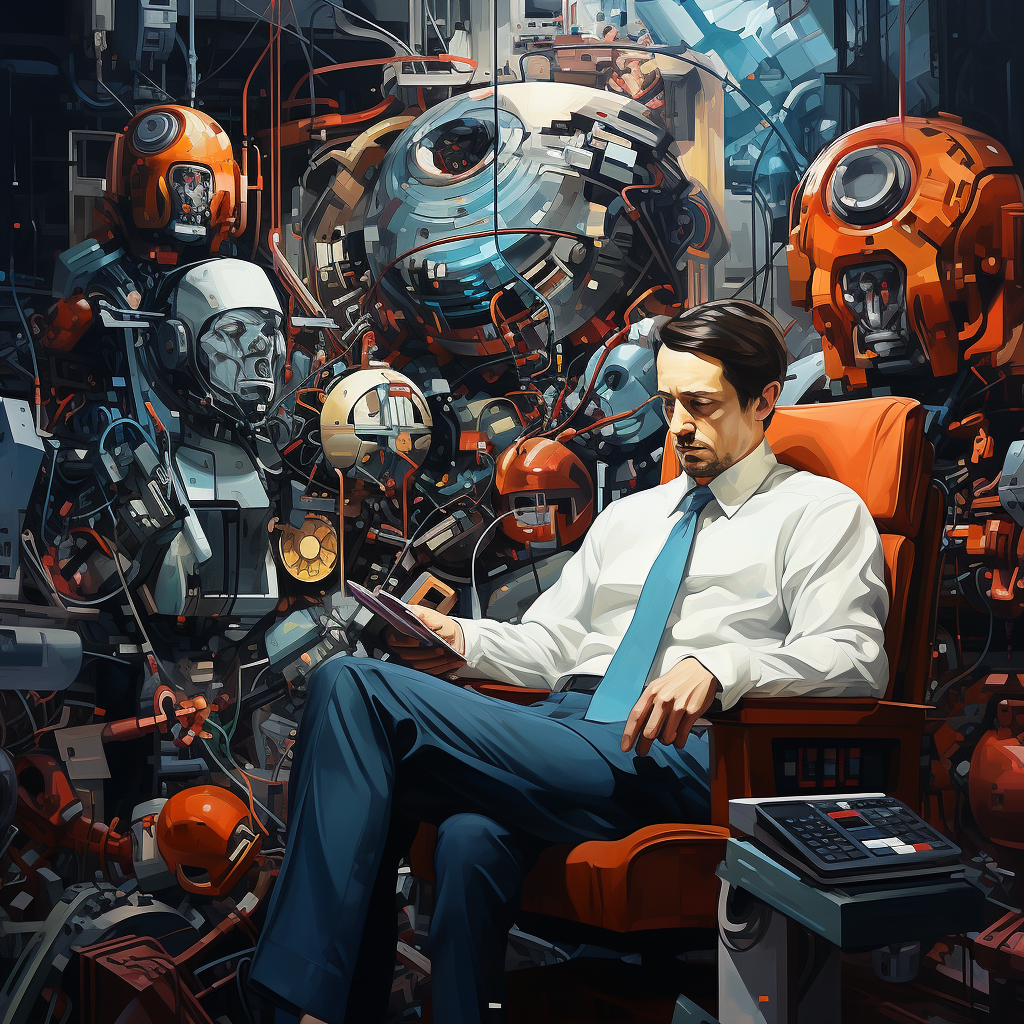A successful business involves not only a unique idea or product but also operational efficiency, legal compliance, and a market ripe for the offering. Here we analyze the aspects of a ‘model business,’ providing insights into 23 factors that contribute to a theoretically perfect venture. Of course, it’s almost impossible to find a business that meets all these criteria, but each attribute adds an element of strength to a business’s structure and strategy.
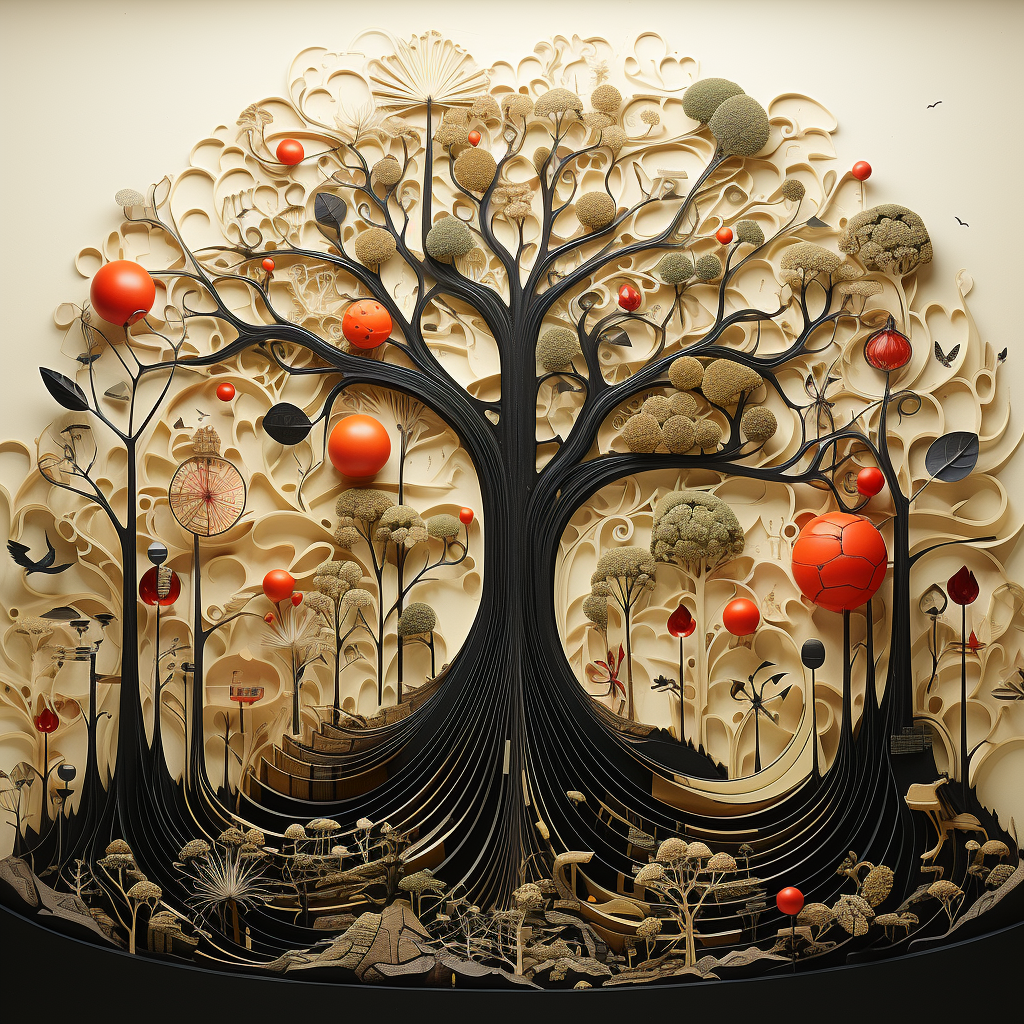
1. No Investment: In an ideal world, a business would start without the need for any capital input. This eliminates financial risk and dependence on external financing, increasing potential profits for the business founders.
2. Recognized, Measurable Market: The model business operates in a market where customer demand is easily identified and quantified. This ensures there is a ready and waiting consumer base for the product or service.
3. Perceived Need for Product: The business’s product or service should meet a need that is perceived by consumers. This perceived need drives demand and can help to generate a loyal customer base.
4. Dependable Source of Input Supply: Having reliable access to the resources required to produce a product or service reduces the risk of production disruption, ensuring consistent output and customer satisfaction.
5. No Government Regulation: In an ideal scenario, the business would operate in an industry free from government regulation, thus reducing the administrative burden and potential legal pitfalls.
6. No Labor: This would involve automation or technology to perform the tasks traditionally done by human workers, reducing costs and increasing efficiency.
7. 100-Percent Gross Margin: This implies that the business’s cost of goods sold (COGS) is zero, meaning every sale directly contributes to profit.
8. Buyers Purchase Frequently: Regular, repeat purchases create a steady income stream and customer loyalty, providing stability and potential for growth.
9. Favorable Tax Treatment: Businesses that can benefit from tax incentives or low tax rates have increased profitability and financial resilience.
10. Receptive, Established Distribution System: An existing, efficient distribution network can ensure that products are delivered effectively and economically to customers, enhancing customer satisfaction and reducing logistical challenges.
11. Business With Great News Value: Businesses that generate interest from the media can benefit from free advertising and increased public awareness, driving sales and customer engagement.
12. Customers’ Payment In Advance: If customers are willing to pay upfront for a product or service, the business can improve its cash flow and reduce credit risk.
13. No Product Liability Risk: Ideally, the product or service offered carries no risk of injury or damage, minimizing potential lawsuits and damage to the business’s reputation.
14. No Technical Obsolescence: A business’s products or services remain relevant and valuable over time, with no risk of becoming obsolete due to technological advancements.
15. No Competition: This is an unrealistic scenario, but in a perfect world, a business would be the only player in its market, enjoying the benefits of monopoly.
16. No Fashion Obsolescence: In an ideal setting, products or services do not go out of style or trend, ensuring consistent demand.
17. No Physical Perishability: Products that do not spoil or degrade over time reduce waste and increase the potential for sales.
18. Impervious to Weather Conditions: A business unaffected by weather changes guarantees a steady supply and demand, regardless of the season or climate.
19. Product Workable and Feasible: The product or service offered is practical and implementable, ensuring its viability and desirability in the market.
20. Proprietary Rights: Owning the intellectual property rights to a product or service protects a business from competition and can provide additional revenue streams.
21. Continuous Revenue Flow: Ideally, a business should generate consistent revenue throughout the year, ensuring financial stability and predictability.
22. No Legal Entanglements: Businesses free from legal disputes or complications can focus their resources on growth and operations, instead of litigation and compliance.
23. Exit Potential: A business with good exit potential can provide a lucrative return on investment through a sale or initial public offering (IPO).
In conclusion, the above characteristics of a model business serve as a comprehensive guide for assessing the strengths of a venture or for forming a new one. However, it is crucial to remember that this is an ideal model and achieving all these points may not be feasible. However, aligning as closely as possible with these characteristics can put a business in a strong position for success and longevity.

